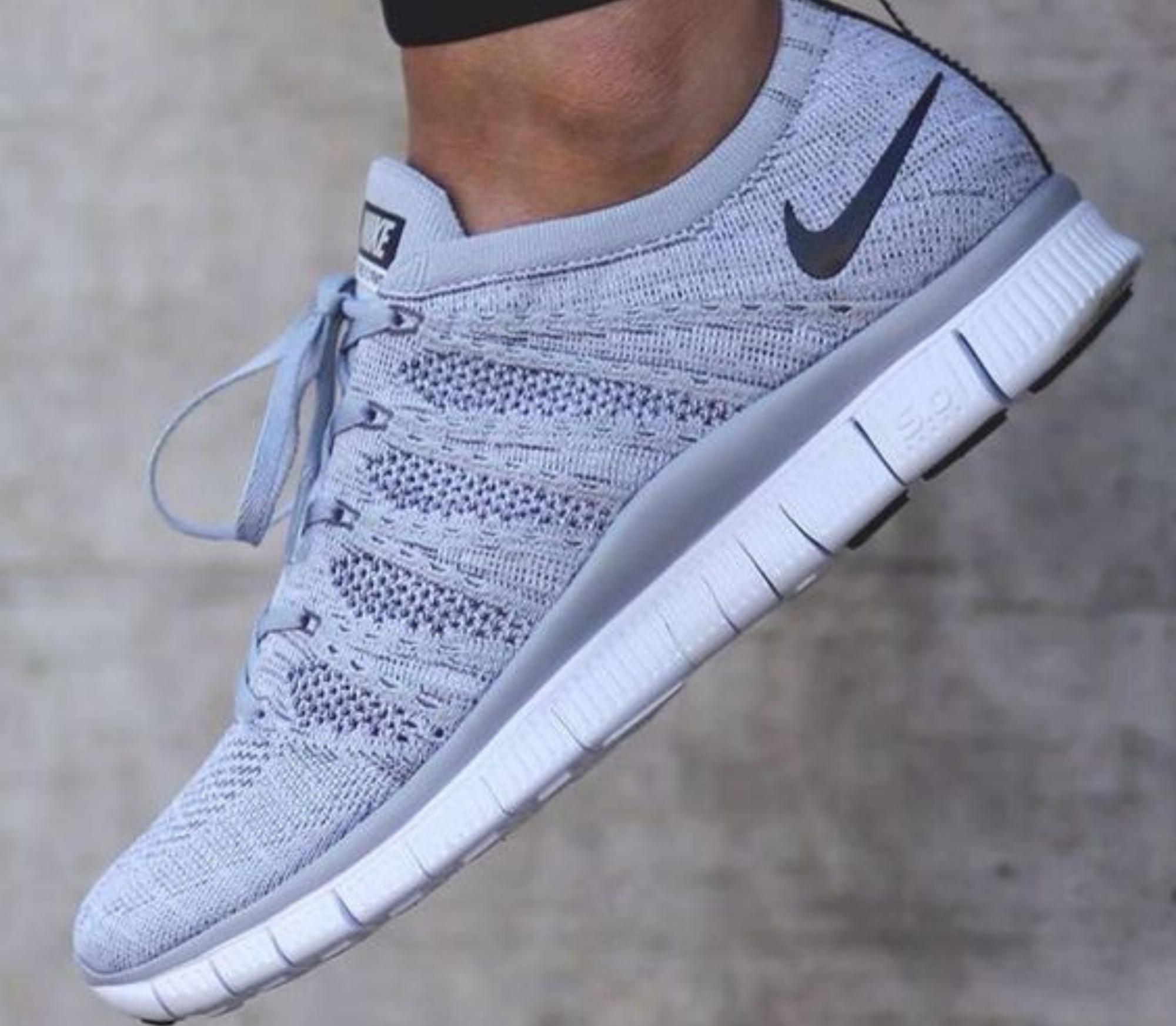
Gears for runners or gym-goers are like ingredients to a soup. They are our support systems and help us get the best of our workouts and routines. These days, there are numerous athletic shoes options available. Hence, it is now more difficult to identify which one is best for either activity. Running shoes vs Training Shoes, are they the same? Here’s how to find out and make the right selection.
What are running shoes?
By design, running shoes come with high heel-to-toe locomotion support. Basically they offer support and absorbing effects needed for runs and on tracks.

What are training shoes?
Unlike running shoes, they are built for more versatile purposes. They allow for better multi-directional locomotion. They are designed with flatter soles that give room for flexibility during movement.

Training Shoes vs Running Shoes
When and how do you wear running shoes?
The first obvious reason is when you are running. That is why you should not confuse them with training shoes because they are majorly built for running.
Lightweight road-running shoes are recommended if you are running a very long distance. If you are going on an outdoor run, especially on rough terrain, go for trail-running shoes. They ensure balance and protection.
Cross-training shoes do better for short distance runs like on a treadmill.

When and how do you wear training shoes?
- When you are weightlifting: The heel support that comes with training shoes help you settle into squats properly back and forth.
- Agility Training: Nike training shoes are highly recommended for this. They come with sole patterns that make multi-directional and plyometric movement seamless.
- Treadmilling: Training shoes can be used for treadmilling especially during workout sessions. However, running shoes are recommended for anything longer than 5 minutes for better shock absorption.

Perks to look out for in running shoes
- Fitness and comfort: This is non-negotiable. Ensure both pairs fits comfortably with or without socks. The heel collar should hold enough and not be too tight at the same time. Pay attention to size too.
- Cushioning effect: Your running shoes should provide maximum cushioning effect. This is mostly important in the mid-sole region. A good running shoe should limit stress on your body, especially during a long run.
- Lightweightness: Running shoes are not meant to slow you down. Totally defeats the purpose. Look out for shoes with durable cleats.

Perks to look out for in training shoes
- Arch/firm heel Support: When it comes to training shoes for men, stability is very important, especially to those who lift weights often. Training shoes should properly hold the arches to avoid sprains.
- Stability: As earlier said, training shoes are majorly for multi-locomotive purposes. You should look out for ones with thick wide soles that would keep your foot steady while you train.
- Comfort and fit: Just like running shoes, training shoes should offer you premium comfort and fitness.

Conclusion
Let’s make one thing clear, it is not that running and training cannot be inter-used. But you should know that using the wrong type of shoes during workout or running, can cause you serious harm. Injuries, discomfort, limited performance, blisters, etc.
We would advise you avoid these and afford yourself the best comfort possible whether you are running or training.